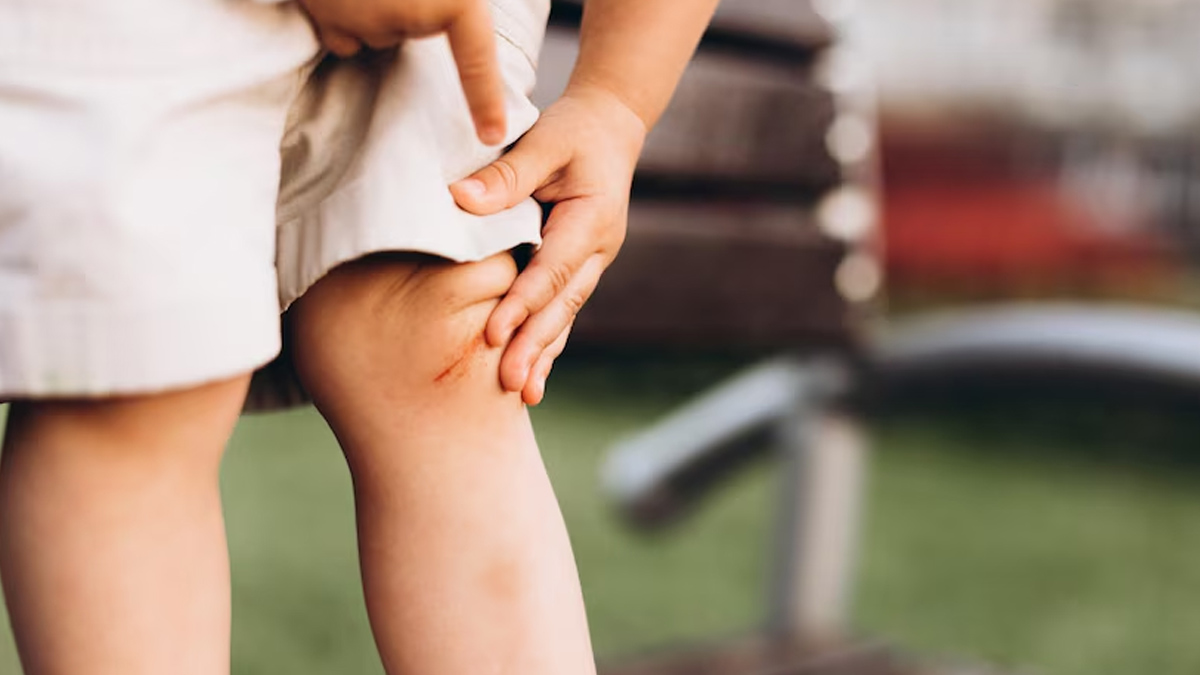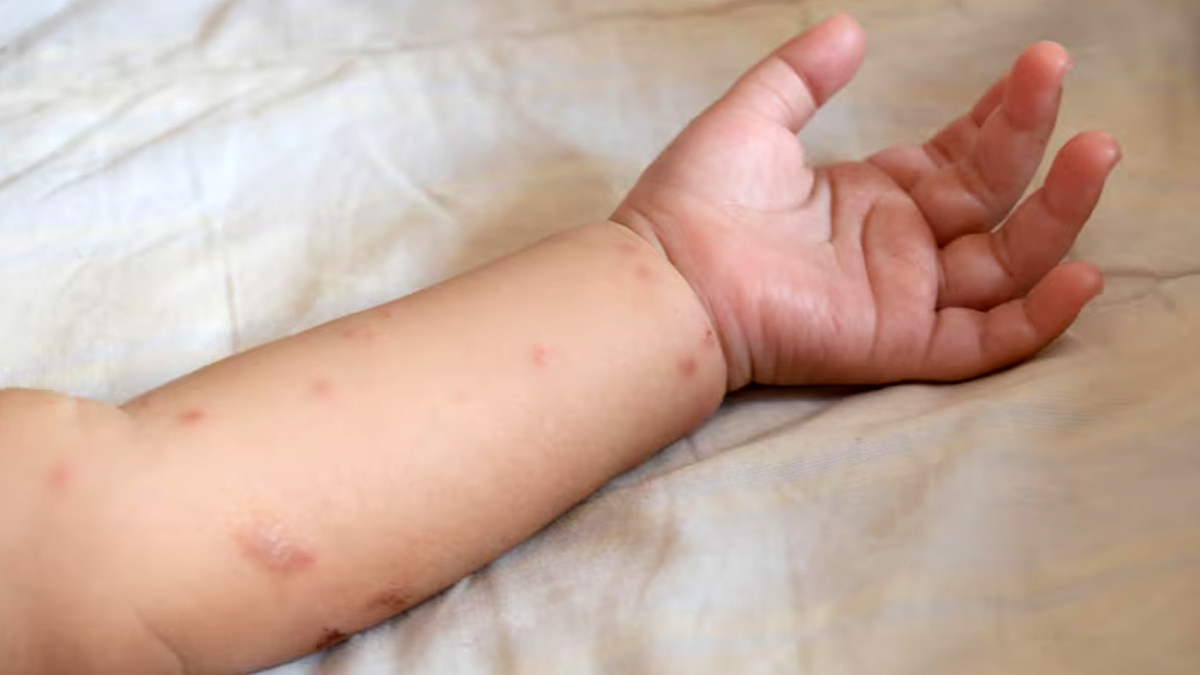
Rheumatological diseases in children are a range of conditions affecting their joints, muscles, bones and connective tissues. These diseases can show various signs and symptoms that may differ from the ones seen in adults. It is important to recognise these signs and symptoms for timely diagnosis and effective treatment.
Table of Content:-
To know what can be the common signs and symptoms of such diseases in children, OnlyMyHealth interacted with Dr Tanushri Mukherjee Consultant, Neonatologist and Paediatrician at Cloudnine Group of Hospitals, Malad, Mumbai.
Here are some signs and symptoms of rheumatological diseases in children.
1. Joint Pain and Stiffness

One of the major symptoms of rheumatological diseases in children, as per Dr Mukherjee, is joint pain and stiffness. “Children may complain of pain in multiple joints, which can worsen with movement or inactivity. Stiffness in the morning or after periods of rest is also common,” she said.
2. Swelling and Warmth
Another common symptom of rheumatological diseases is Inflammatory conditions like juvenile idiopathic arthritis (JIA) often lead to joint swelling and warmth. “Swollen joints may appear red and feel warm to the touch. This swelling can limit joint mobility and cause discomfort,” Dr Mukherjee.
3. Fatigue and Malaise

“Children with rheumatological diseases often experience persistent fatigue and a general sense of malaise,” Dr Mukherjee said. This can be attributed to the underlying inflammation, disrupted sleep due to pain, or the body's immune response.
4. Limited Range of Motion
Kids with rheumatological diseases can experience progressive joint inflammation that can lead to a decreased range of motion affecting joints. Children may have difficulty performing tasks that require joint movement, such as bending or walking.
5. Fever

Fever may seem like a common symptom for any other disease can be overlooked. However, as per Dr Mukherjee, symptoms like fever can accompany certain rheumatological diseases, such as systemic lupus erythematosus (SLE) or juvenile dermatomyositis. “Persistent or recurrent fever, especially in the absence of infection, should raise suspicion for an underlying autoimmune condition,” Dr Mukherjee said.
6. Rash and Skin Changes
Some rheumatological diseases present with characteristic skin manifestations. Citing examples, Dr Mukherjee said, “Children with SLE may develop a butterfly-shaped rash over the cheeks and nose, while those with juvenile dermatomyositis may have a distinctive rash on the face and knuckles.”

7. Limping or Favouring One Limb
Children may develop a limp or begin to favour one limb due to joint pain or inflammation. This can be misinterpreted as an injury or growing pains without proper evaluation.
8. Eye Inflammation

Certain rheumatological diseases like JIA can involve the eyes, leading to inflammation known as uveitis. Symptoms may include eye pain, redness, light sensitivity, and blurred vision.
9. Delayed Growth and Development
Chronic inflammation associated with rheumatological diseases can affect growth and development in children. Delayed growth or short stature may be observed, along with delays in achieving developmental milestones.
10. Muscle Weakness
Dr Mukherjee said, “In conditions like juvenile dermatomyositis or systemic sclerosis, muscle weakness and decreased muscle tone can occur.” This can invite problems like difficulty in climbing stairs, getting up from a seated position, or lifting objects.
Conclusion
Early recognition of signs and symptoms associated with rheumatological diseases in children is essential for prompt diagnosis and initiation of appropriate treatment. If parents or caregivers notice any persistent joint symptoms or systemic complaints in children, it's important to seek evaluation by a paediatric rheumatologist for comprehensive assessment and management. Early intervention can help minimise disease progression, prevent complications, and optimise the quality of life for children with rheumatological conditions.
Also watch this video
How we keep this article up to date:
We work with experts and keep a close eye on the latest in health and wellness. Whenever there is a new research or helpful information, we update our articles with accurate and useful advice.
Current Version